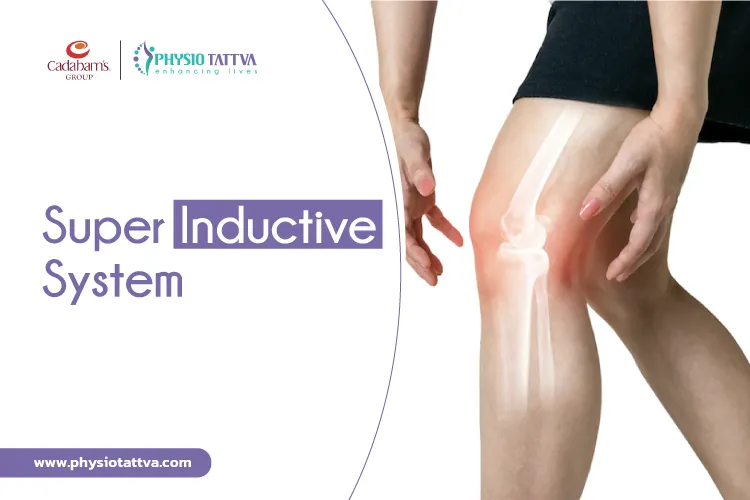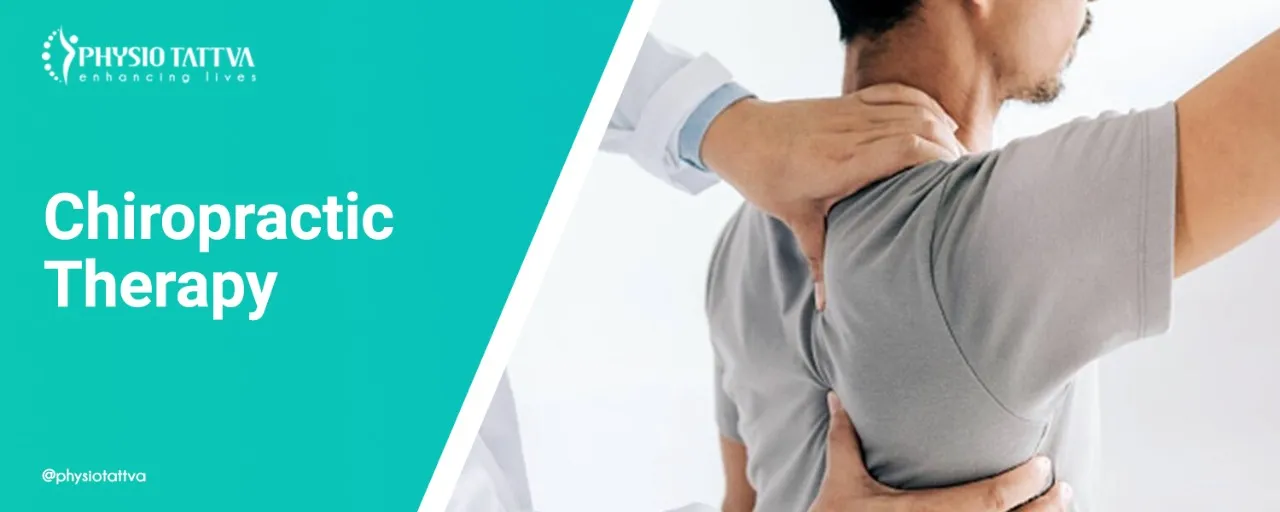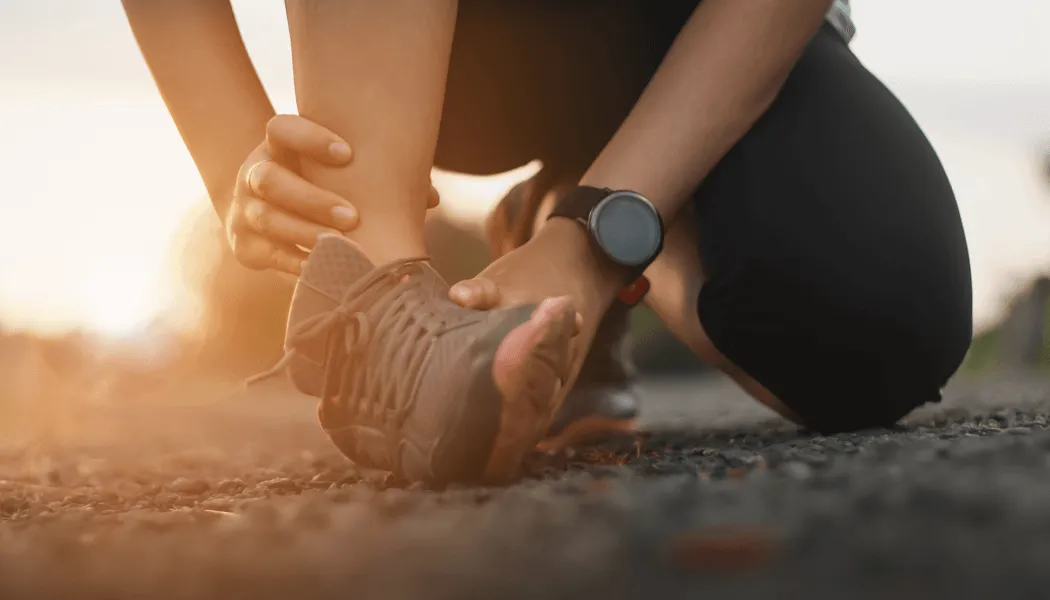What is Kinesio Taping Therapy?
Kinesio taping therapy is a non-invasive physiotherapy technique that uses elastic tape to support muscles and joints without limiting movement. Developed for athletes, it now benefits anyone recovering from injuries or dealing with chronic pain. The tape improves blood flow, reduces inflammation, and enhances healing. Ideal for sprains, posture issues, or muscle fatigue, Kinesio tape therapy offers drug-free, movement-friendly support for faster recovery.
Presently, this physiotherapeutic tape helps all types of people. It’s strategically applied to different body parts. The tapes can lessen pain, reduce inflammation, and provide support to injured body parts. Overall, injury victims use this stretchable and water-resistant tape to improve their physical performance. Kinesiology tape is adhesive and has an elastic-like skin. It allows injured users to demonstrate full ranges of motion.
These sticky cotton and nylon tapes mimic the skin’s elasticity. By doing so, they lift the skin, creating spaces with the underlying tissues. The tissues underneath our skin have sensory receptors. They are responsible for detecting proprioception. Kinesiology tapes expand these tissues, sending positive signals to the brain. That’s why physical and sports therapists use Kinesio taping therapy to treat various types of injuries.
How Does Kinesio Taping Therapy Work?
Kinesio tape therapy works by gently lifting the outer layer of skin to reduce pressure on the tissues and nerves underneath. This lifting action helps improve blood flow, promotes the drainage of lymphatic fluid, and reduces inflammation—all without limiting movement.
The tape itself is elastic and designed to mimic the skin’s stretch. Once applied, it supports injured areas while still allowing full mobility. This makes Kinesio taping a valuable tool in recovery, especially when integrated into broader Kinesio physiotherapy treatment plans.
What makes it even more effective is how it's applied. Therapists use different shapes and tensions to get specific effects, like reducing swelling, correcting posture, or supporting fatigued muscles. These techniques are what allow patients to experience the full range of kinesiology tape benefits.
Whether you’re recovering from an injury or exploring Kinesio taping near me for added support in daily activities, this therapy works with your body, not against it, to help you heal and move better.
How to Apply Kinesio Tape?
While Kinesio taping may look simple, proper application is key to achieving the right support and therapeutic effect. Here are the basic steps followed in Kinesio tape therapy:
- Clean and dry the skin to help the tape adhere properly.
- Round the tape edges with scissors to prevent early peeling.
- Apply with the right amount of stretch- use more for muscle support, less for swelling and decompression.
- Avoid overstretching or placing tape on broken or irritated skin.
- Rub the tape gently after applying to activate the adhesive.
To get the full kinesiology tape benefits, it’s always best to have it applied by a trained kinesio physiotherapy professional. If you're looking for Kinesio taping near me, choose a certified clinic experienced in sports and rehab taping techniques.
Types of Kinesio Taping Therapy
There are different versions of this therapy. They depend on how the tape is applied. Physiotherapists determine the application and shape of the taping depending on the size of the injured muscles and the desired results. Here are the most common types of applying Kinesio taping –
- “X” Tape Application: If the target muscle is mobile, physiotherapists use the “X” Tape application method. For example, Rhomboid injuries. This method allows the tape to move more dynamically with muscles that change direction or stretch over a wide area. It's often used on the back, shoulders, or legs.
- “Y” Tape Application: Physiotherapists use the “Y” tape application method when they need to prevent or enable muscle stimulation. The Y-shaped taping surrounds the target muscle and provides adequate relief. This application method is ideal for fascial corrections (directing the movement of injured fascia). It’s useful for muscles that need guidance in movement, such as the trapezius or forearm extensors, and helps redistribute stress more evenly.
- “I” Tape Application: The “I” Tape application is helpful for treating acute injuries that “Y” taping can’t solve. For example, such taping provides sensory stimulations to assist or restrict the motion of injured limbs. This straightforward method is commonly used for muscle support, joint pain, or stabilising a specific area like the calf, shin, or biceps.
- “Donut” Tape Application: This application style is mainly used for circulatory or lymphatic corrections. This taping helps move lymphatic fluid or blood from congested areas of the body to less congested areas. That’s why it’s ideal for treating Edema. The tape is cut into circular shapes or openings to allow better fluid drainage, especially around bruises, swelling, or post-surgical recovery zones.
Risks of Kinesio Taping Therapy
This taping therapy method is completely safe. Physiotherapists never perform it over areas of active malignancy or fragile skin. They only use this therapy on patients with no allergy risks, infections, or open wounds. This therapy also impacts the movement of fluids from injured areas. Patients with diabetes, congestive heart issues, kidney diseases, and asthma should seek medical advice before receiving this therapy.
Benefits of Kinesio Taping Therapy
Kinesio Tape is very elastic. It can support the body without restricting its movements. Different application techniques achieve different treatment objectives. Physiotherapists can use it to –
- Correct Join Alignments: This taping therapy provides mechanical corrections to joints. These corrections improve the patient’s stability and overall biomechanics. The taping also triggers fascial corrections. The direct movement of the fascia helps stiff joints heal faster.
- Pain and Inflammation Reduction: When you apply Kinesio Tape on injured body parts, it unloads the core tissues. As these soft tissues decompress, they send signals indicating pain and inflammation reduction to the brain. When the sensory nervous system receives positive messages about pain and compression in the body, patients experience immense relief.
- Joint Spacing: Kinesiology tape can create slight but significant spaces in-between different joints. This increase in space reduces the risk of joint irritation.
- Healthier Circulation of Blood and Fluids: This taping reduces swelling in the damaged areas, improving blood flow in the skin. It also impacts the circulation of lymphatic fluids. These fluids contain bacteria and chemicals. The taping creates extra subcutaneous space underneath the skin. That change in space leads to a change in pressure. As the pressure gradient in the area changes, the flow of lymphatic fluid becomes more efficient.
Physiotherapists use kinesiology tape for treating injuries and for supporting fatigued muscles. They also use it to re-train unhealthy muscles. That’s why this taping therapy is extremely popular amongst athletes.
Conditions treated by Kinesiology Tapping
Kinesio taping therapy is a highly adaptable technique used by physiotherapists to support healing, reduce pain, and enhance mobility, without restricting movement. Whether you're recovering from a sports injury, managing chronic pain, or dealing with joint or muscle dysfunction, this method has proven to be a valuable tool in Kinesio physiotherapy.
Here are some of the most common conditions treated with Kinesio tape therapy
- Achilles Tendonitis
- IT Band Friction Syndrome
- Patellofemoral Stress Syndrome
- Tibialis posterior dysfunction
- Plantar fasciitis
- Quadricep strains
- Hamstring injuries
- Tennis elbow
- Shoulder impingement
- Neck and upper back strain
- Rib or Intercostal Muscle Strain
- Lymphedema and Swelling
Who Shouldn’t Receive Kinesio Taping Therapy?
Here are some circumstances where this taping therapy is not helpful:
- Patients with active cancer.
- People with open wounds, skin infections.
- Deep vein thrombosis patients.
- People with swollen lymph nodes.
- Diabetes patients.
- People who have skin that’s sensitive to adhesives.
Everyone should consult with physiotherapists before applying kinesiology tape.
How to Prepare for Kinesio Taping Therapy?
This therapy can last up to 3-5 days. Patients must mentally prepare to engage in daily activities while wearing this tape.
- Visit the therapist with clean and dry skin.
- Make sure the therapist cleans your skin using alcohol-based cleansers.
- Allow the therapist to rub the tape so that it settles in.
- Therapists ensure the tape mimics the qualities of your skin, so it may take some minutes to get used to its presence.
How to Safely Remove Kinesio Tape?
Removing Kinesio tape therapy should be done gently to avoid skin irritation or discomfort, especially if you’ve had it on for several days. Here’s how to do it right:
- Soften the adhesive using warm water, baby oil, or lotion.
- Peel the tape slowly in the direction of hair growth.
- Hold the skin down with one hand while peeling with the other.
- Avoid pulling it off quickly, like a bandage.
- Check for skin irritation, especially if you have sensitive skin.
If you notice redness or discomfort, consult a Kinesio physiotherapy expert before reapplying. Safe removal ensures the skin stays healthy between sessions, especially for regular users of Kinesio taping.
What to Expect During Your First Kinesio Taping Session
Your first Kinesio taping therapy session is designed to be simple, comfortable, and tailored to your specific needs. Whether you're recovering from an injury, managing chronic pain, or seeking added support during physical activity, Kinesio tape therapy offers a non-restrictive solution that moves with your body.
During the session, your Kinesio physiotherapy expert will begin by assessing your posture, range of motion, and any areas of discomfort. After cleaning your skin to ensure proper adhesion, the therapist will apply the tape in a specific pattern, such as an “I,” “Y,” or “X” configuration, depending on the goal, whether it’s to reduce swelling, relieve tension, or support fatigued muscles.
The tape is gently pressed and activated, and you'll be guided on how to care for it over the next few days. Many patients are surprised at how lightweight and natural the tape feels- even during daily activity or exercise.
If you're exploring Kinesio taping near me, this session will give you a clear understanding of how the therapy works and the real-world Kinesio tape benefits it can offer for recovery and mobility.
Related Therapies
After Kinesio Taping became popular, other types of taping therapies were also developed. Mulligan Taping and McConnell Taping are extremely similar to Kinesio Taping. There are also specific types of taping therapies for athletes and lymphedema patients.
Why Choose Physiotattva for Kinesio Taping Therapy?
At Physiotattva, we offer expert-led Kinesio taping therapy tailored to your body’s unique recovery needs. Whether you’re healing from an injury, looking to enhance performance, or managing chronic pain, our trained physiotherapists apply the latest taping techniques to support you, without limiting your movement. From first-time patients to seasoned athletes, we ensure safe, effective, and personalised Kinesio physiotherapy every step of the way.
At Physiotattva physiotherapy clinics in Bangalore and Hyderabad, you receive personalised care tailored to your specific needs, ensuring effective results and comfort throughout your journey to recovery.
Don’t wait to start your recovery! Get in touch with Physiotattva for more details! Contact us at +91 89510 47001.



-Physiotherapy.webp)
-for-Shoulder-Pain-Relief.webp)
-for-Knee-Pain-Relief.webp)


-for-Back-Pain-Relief%20(1).webp)





.webp)











.webp)


.webp)





.webp)
.webp)


.webp)
.webp)

.webp)

.webp)

.webp)
.webp)

.webp)






.webp)
.webp)



.jpeg)

.jpeg)


.webp)


.jpeg)

.webp)



.webp)
.webp)










.png)









%20(1)-p-3200.jpeg)


.jpg)
.webp)
.webp)
.webp)
.webp)


